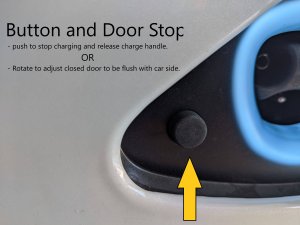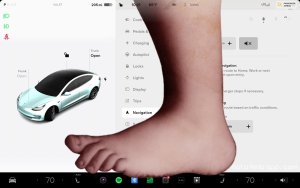The New Tesla Roadster: Price, Performance and Specs
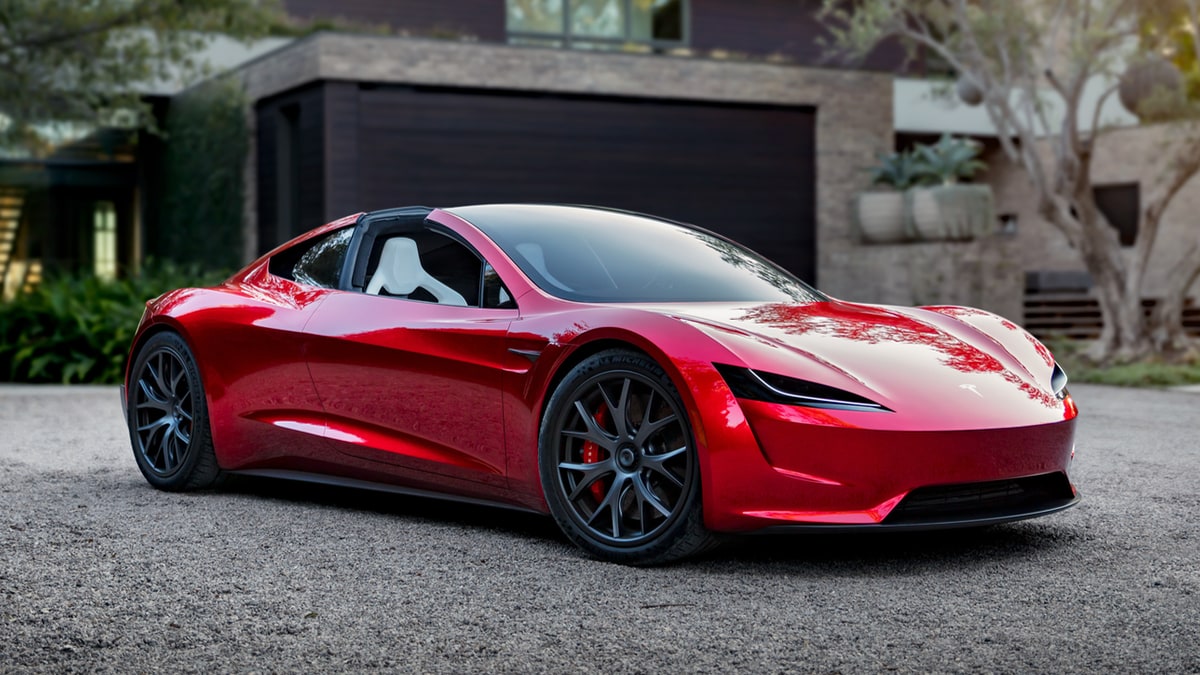
The automotive world has seen ground-breaking innovations in recent years, mostly from one company — Tesla. As a successor to Tesla's first-ever model released in 2008, the second-generation Roadster has been one of the most anticipated electric vehicles in the market.
Originally announced as a 2021 model, the Roadster has been delayed, and it doesn’t appear to be on the company's radar any time soon. However, Tesla's CEO, Elon Musk, has promised this upcoming supercar will not only break records but also redefine the concept of speed and performance for electric vehicles. Let’s explore everything we know about the new Tesla Roadster, from impressive specifications to state-of-the-art features.
Overview and Design
The new Tesla Roadster is a four-seater, all-electric supercar designed to be the fastest production car in the world. The Roadster's design is a beautiful blend of elegance and performance, with a sleek and aerodynamic exterior that resembles a futuristic sports car. The convertible hardtop features a removable glass-panel roof, which can be stowed in the trunk, enabling a seamless transition from a closed cabin to an open-air driving experience.
The Roadster boasts an aggressive stance with its wide body, low ground clearance, and massive wheels. Its sharp lines and sculpted curves not only enhance the car's aesthetics but also contribute to its exceptional aerodynamics. The vehicle's design is built around the concept of minimal air resistance, which translates into improved efficiency and performance.
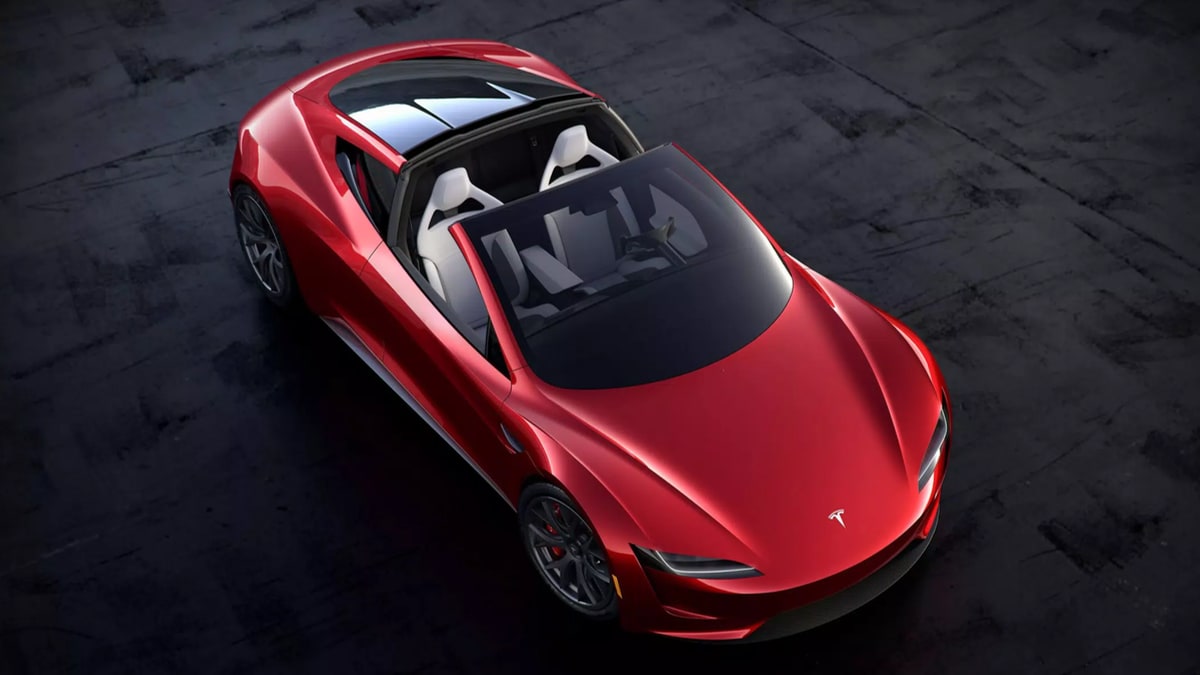
0 to 60 MPH and Top Speed
When Tesla first announced the Roadster, the company highlighted it will be able to accelerate from 0 to 60 mph in just 1.9 seconds. The car's quarter-mile time is estimated to be around 8.8 seconds, and it will have a top speed of over 250 mph. That was incredible when announced, but the Model S Plaid is already hitting these marks. That means whatever Tesla is coming up with will have to do better than what the 4-door sedan is already doing. Keep reading for the Space X package.
Range and Battery Size
The Roadster's power comes from a three-motor setup consisting of one motor in the front and two in the rear. This configuration provides exceptional traction and handling, along with unparalleled acceleration. The electric motors draw their energy from a massive 200 kWh battery pack, allowing the Roadster to achieve a range of up to 620 miles on a single charge. This extended range sets a new benchmark for EVs, making the Roadster a high-performance vehicle and a practical one for long-distance travel.
The SpaceX Package
The optional SpaceX Package is one of the most intriguing aspects of the new Tesla Roadster. This unique upgrade, inspired by SpaceX's rocket technology, utilizes cold air thrusters to improve the Roadster's performance and handling. The system features an array of compressed air thrusters strategically placed around the vehicle, providing an additional boost during acceleration and improved cornering capabilities.
The acceleration capabilities of the Roadster were discovered by visitors at the Petersen Auto Museum, where the next-generation Tesla Roadster was on display. The vehicle's information panel revealed that, with the addition of cold gas thrusters, the all-electric supercar could achieve a 0-60 mph time of 1.1 seconds. Musk responded to a tweet about the vehicle, confirming that the impressive figure was indeed achievable with the SpaceX Package.
Musk assured that the Roadster would remain a safe vehicle despite featuring rocket components. However, he compared its intense acceleration to a "hardcore roller coaster." He advised against using its full acceleration capabilities for those with medical conditions, as the G forces would be similar to a rocket launch. With the SpaceX Package, the Roadster is placed in league with part-rocket vehicles such as NHRA Top Fuel Dragsters.
Although these features' practicality and real-world applications are yet to be fully understood, the SpaceX Package adds an element of excitement and innovation to the Roadster that is unmatched by any other production car.
Interior
The interior of the new Tesla Roadster is a perfect blend of luxury and technology. Its minimalist design with high-quality materials provides a comfortable and refined experience for the driver and passengers. The cabin is designed to be spacious, with ample legroom and headroom even for the rear passengers, although the rear seats may not be suitable for adults due to the car's angled roofline. The glass roof further enhances the sense of space, offering unobstructed views of the sky above.
The Roadster's interior will be centered by Tesla’s advanced touchscreen infotainment system. It was recently revealed that Cybertruck will have the largest screen yet at 18.5 inches diagonally. It’s likely the Roadster will have something equally as awesome.
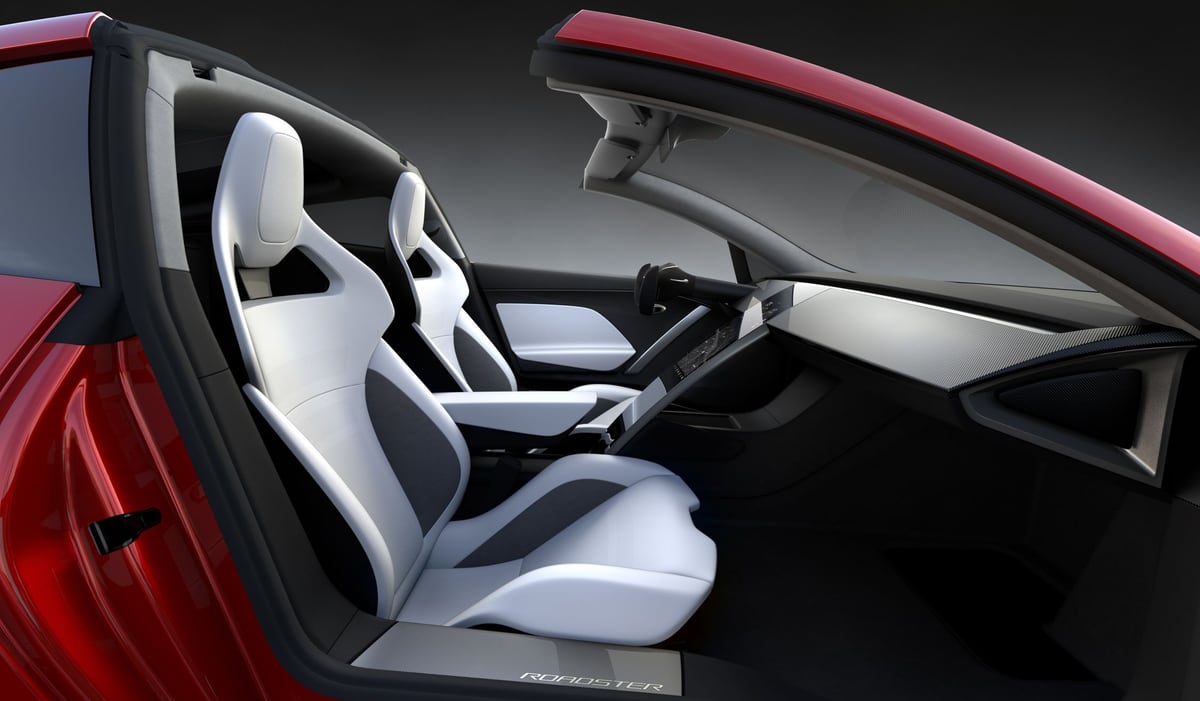
Of course, the Roadster will have all the safety and driver-assistance features that are available in its current lineup. A line-up that quite regularly wins safety accolades. Cutting-edge technology demonstrates Tesla's dedication to enhancing driving safety and the overall driving experience.
Price
The new Tesla Roadster is expected to be available in three different trims: the base model, the Founder's Series, and the SpaceX Package. The base model is expected to start at around $200,000, while the limited-edition Founder's Series will be priced at approximately $250,000. The Founder's Series will be limited to just 1,000 units, and the extra $50,000 may only be worth it for collectors, as there's no information about what differentiates the two.
The cost of the SpaceX Package, which adds cold air thrusters for improved performance, remains to be confirmed but is expected to be a significant premium over the base price.
The Roadster Unveil
Tesla officially revealed the second-generation Roadster on December 14th, 2017. You can watch Tesla's official unveiling of the Roadster below.
Release Date
As for availability, Tesla's Chief Designer Franz von Holzhausen recently deflated high hopes of the Roadster coming out any time soon. "We're developing the car. I think you know we have priorities as a company where the priorities are mass electrification and Roadster is not a mass product," he said.
Since the second-generation Roadster idea was made public, Tesla has changed dramatically. Its priorities are on the mass production of affordable electric vehicles. The Roadster just doesn't fit the bill at the moment.
However, at Tesla's recent 2023 shareholder meeting, named Cyber Roundup, Elon Musk gave an update on Tesla's Roadster release date. He expects Tesla to complete the engineering and design of the Roadster in 2023. Musk goes on to say that Tesla will "hopefully" be able to begin production of the low-volume vehicle in 2024.
The new Tesla Roadster will redefine the concept of speed and performance in the electric vehicle market. With its ground-breaking specifications, stunning design, and innovative features, this supercar is poised to become a benchmark for future sports cars. Tesla's commitment to pushing the boundaries of what's possible with electric vehicles is evident in the Roadster. As the world moves towards sustainable transportation, the Roadster represents a significant step in the evolution of the automobile.













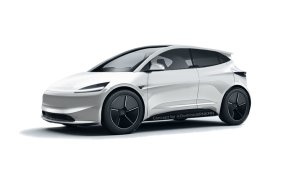
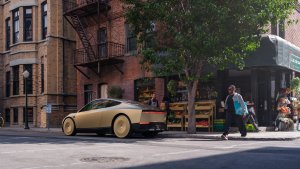
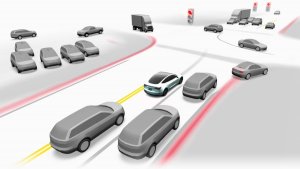
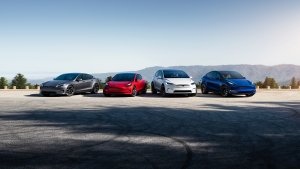
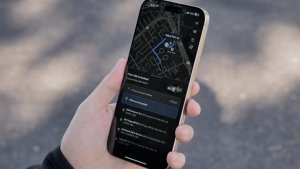
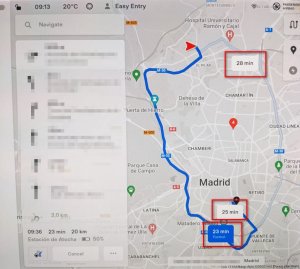
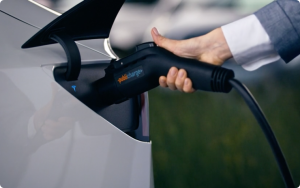

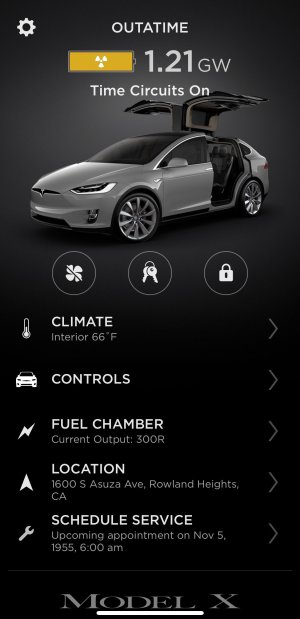
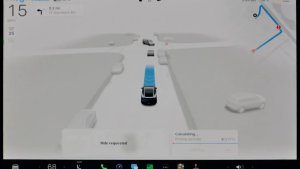
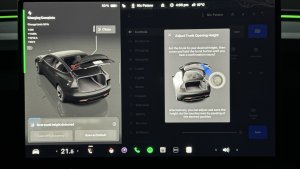
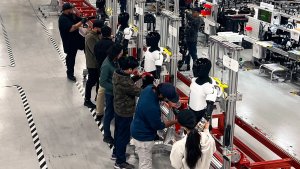
![Tesla's 2025 Q1 Earnings Call: How to Listen [Listen to Replay]](https://www.notateslaapp.com/img/containers/article_images/multiple-models/group_81.jpg/b2695a53b51e4c7927802deba2534b09/group_81.jpg)
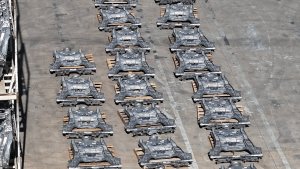
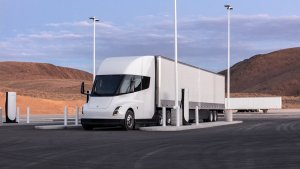
![Tesla's Hidden 'Elon Mode' Unveiled: A Sneak Peek into the Future of FSD [Video]](https://www.notateslaapp.com/images/news/2022/fsd-beta-inside_300w.jpg)
